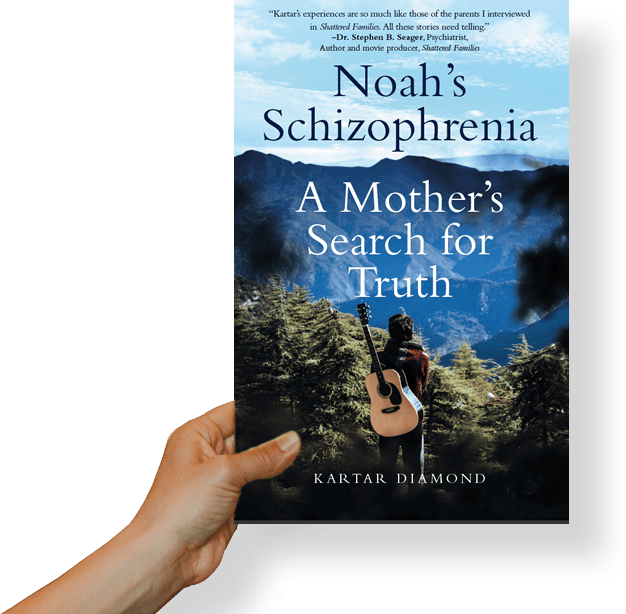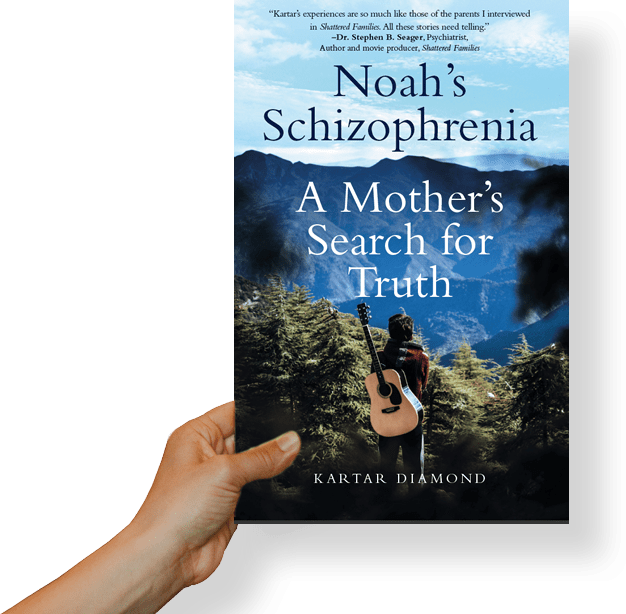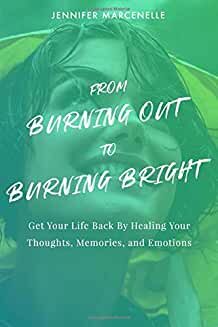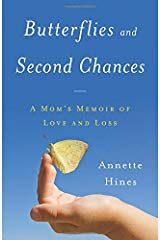Noah’s Schizophrenia:
A Mother’s Search for Truth
What Is Schizophrenia?
Schizophrenia is a chronic brain disorder that affects less than one percent of the U.S. population. When schizophrenia is active, symptoms can include delusions, hallucinations, disorganizaed speech, trouble with thinking and lack of motivation. However, with treatment, most symptoms of schizophrenia will greatly improve and the likelihood of a recurrence can be diminished. https://www.psychiatry.org/
One unremarkable night, Kartar Diamond’s remarkably talented 15-year old son walked into the living room and shouted, “every musician in L.A. is stealing my ideas!” and went back into his room. Minutes later he came back, belt in hand, and began whipping the couch and shouting with escalating paranoia. Little did his mother realize, their journey into hell had begun.
 As her son crumbles before her eyes, Diamond powers through the endless confusion and ineffectiveness of the modern mental health care system and demands not only a diagnosis, but a way to treat her son and help him live the fullest expression of his life possible. The “system” – emergency rooms, police, counselors, psychiatrists, nurses, clinics, mental health administrators and homeless shelters – keep spitting him back out on the streets of Skid Row. The cycle goes on and on, spiraling downward toward one of two conclusions: death or the slimmest of chances of finding safety.
As her son crumbles before her eyes, Diamond powers through the endless confusion and ineffectiveness of the modern mental health care system and demands not only a diagnosis, but a way to treat her son and help him live the fullest expression of his life possible. The “system” – emergency rooms, police, counselors, psychiatrists, nurses, clinics, mental health administrators and homeless shelters – keep spitting him back out on the streets of Skid Row. The cycle goes on and on, spiraling downward toward one of two conclusions: death or the slimmest of chances of finding safety.
Diamond’s clear-eyed story-telling brings wisdom and insider information on how to navigate the murky waters of public mental healthcare, its legal ramifications, as well strategies to cope with the chaos and pain of having a schizophrenic loved one.
Q&A with Author & MOM Kartar Diamond
How old was Noah when he was diagnosed as schizophrenic?
Noah was 15 when it became very obvious he was ill. The illness usually emerges in late teens to early 20’s, but Early Onset Schizophrenia can happen sooner. He was misdiagnosed initially but confirmation of schizophrenia came later at age 17.
How many diagnoses did you receive? From how many doctors?
We received several diagnoses, ranging from: bipolar with psychotic features, paranoid schizophrenia, and schizoaffective disorder (which indicates a mood disorder along with schizophrenia.)
Noah has been seen by about 20 doctors. This includes psychiatrists, therapists, and doctors working within hospitals and Board and Cares.
Can you talk about the disease itself?
Schizophrenia is a genetically based neurological brain disease where there is currently no cure. It can be managed with medication and other therapeutic services. It seriously undermines a person’s connection with reality. People with schizophrenia can suffer from hallucinations and set-backs in cognitive function, in spite of most being born with a higher than average IQ.
Why is schizophrenia so mysterious? Have any breakthroughs in treatment come recently?
There are very few physical markers of the disease and it is not understood well, partially because it has been stigmatized for so long. There have been no breakthroughs in treatment in decades and NIMH (National Institute of Mental Health) recently REDUCED funding for research.
How many group homes did Noah stay in?
He has lived at 12 different Board and Cares, one of which was a Dual Diagnosis Center, not including three Sober Living Houses.
Can you describe these places, their functions, and what your actual experience was?
These Board and Cares ranged from inappropriate (in the lack of services provided for someone with serious mental illness), to depressing, to potentially dangerous places to live. The CA state licensed Board and Cares for Adults with Mental Illness would sound like the right place for him to live, but I learned over time that almost all of them just warehouse people. Many get worse in that environment, neglected in the most basic ways.
When the mental health system put Noah in a group home, what was the intention?
Initially, I found housing for my son, with no assistance from my local Department of Mental Health or their contracted agencies. But as my son continued to deteriorate and get evicted, I got them involved and they assigned a case manager and therapist to help with housing. The Board and Cares are one step above homelessness in that the person has a place to sleep, food to eat and medications administered. Medication compliance is optional in open facilities, so some people refuse their medication and end up very unstable—either being hospitalized or evicted. There is no real therapy going on at the regular Board and Cares.
To keep him safe? To help him with daily living? Did any of these things happen? Was there any progress?
The regular Board and Cares do not even prompt residents to bathe or change their clothes regularly. There was no progress, and in fact, my son sank to the lowest common denominator, and was preyed upon by drug dealers. The Board and Care system needs a complete overhaul. They do not have a big enough budget to properly take care of people and many in CA are closing.
How many police interactions did you have when Noah was in and out of facilities and living on the streets?
Noah has had a half dozen interactions with the police. In some cases, he was clearly in need of hospitalization, but the police told me they already knew that no beds were available at nearby hospitals. In other cases, police issued the 72-hour psychiatric hold and he was taken by them to a hospital.
What were those interactions like?
I was not physically present for some of those police interactions, but my son never told me that he was mishandled. In some cases I was grateful to the police for taking my son to the hospital when social workers evaluated him and said he was fine when he wasn’t.
You speak to sheriffs and police from the point of view of a mother of a mentally ill person. Can you tell us what you try to teach them?
Through the Crisis Intervention Training program, my role as a Family Member is to describe the stress, stigma and struggles family members experience and to dispel some of the misconceptions people have about the seriously mentally ill. I am there to put a human face on this tragedy and help evoke more sympathy and give practical tools, which the officers and sheriffs can use when they interact with psychotic people.
Can you describe their responses?
Many will ask more questions and some will speak with me afterwards, confiding in their own family issues. We presenters get overwhelmingly positive written reviews by the attendees and some say it is their favorite part of the whole CIT training program.
Do you believe in special “mental health units” within police departments?
I do hope that the CIT training will continue throughout the nation with all law enforcement. That said, law enforcement is being forced to do this kind of social work because the mental healthcare providers have failed to intervene with many of these preventable crises and there are not even enough mental health professions to handle all the cases. Laws have criminalized mental illness, so it falls in the hands of law enforcement.
As a mother, what were your lowest points in this journey? The highest?
The lowest point certainly came when my son was homeless and had no insight into the seriousness of the situation. He seemed okay with just merging into the homeless population, even though he was having traumatic experiences.
One of the highest points came when he got conserved and I knew he would receive a higher level of care. The highest point came when I managed to get him into a private program in March 2019, where he is stabilized and doing better than he has since he first became ill.
What would have happened to Noah if he had not had you as a mother?
The situation would have gotten much worse with him and to this day I still worry about what will happen to him when I am gone. He is also lucky that I can afford the private program he is in. There are many parents who go bankrupt trying to save their ill loved one and many who cannot afford any private care whatsoever. They are at the mercy of the public mental health care system.
What happens to the mentally ill in America who have no one caring for them?
It is important to distinguish these days between the “mentally ill” and the “seriously mentally ill.” There are some people who are able to cope with their psychological issues and lead fairly normal lives and even very successful lives. But for the 4% of the mentally ill population who are very low-functioning, such as with schizophrenia, the prospects are grim. Half of those with serious mental illness in America receive NO TREATMENT at all.
It is the UN-treated who can be 3 times more violent than the general population. A high percentage of the homeless population is mentally ill and this is a direct result of the “deinstitutionalization” of the mentally ill starting decades ago. Nowadays, the streets and the prisons are filled with mentally ill people who desperately need care and sometimes that means IN-voluntary treatment. Many left to languish are killed or commit suicide.
What are some of the newest models in living for the mentally ill?
Sprinkled across the country there are a handful of genuinely therapeutic housing recovery models, mostly private. Some are very expensive, some are reasonably priced for the amount of services they provide. Unfortunately, there have not been many advances in treatment for the mentally, even in the last 40 years. A truly effective model of recovery takes a highly trained, dedicated staff and an increase in funding which has not been a priority in our national mental healthcare system.
Another hard truth is that some people with SMI do NOT get better. But they deserve to live in a clean, safe, quiet, friendly supervised environment—and not in a noisy, overcrowded, dilapidated building with little supervision, no recreational activities or a crime-ridden area.
Are you, in general, hopeful about the future of care?
I am cautiously optimistic. We are reaching a tipping point now where mental health issues are really prominent and on display in every level of society. It takes a lot of effort and time to change laws and policies. Empowering family members is one of my main goals in writing the memoir.
You do a lot of work with NAMI, the National Alliance on Mental Illness. Is that an organization you would encourage anyone with a mentally ill loved one to join? What kind of resources do they provide to parents?
I encourage anyone with a mentally ill family member to join a local chapter of NAMI, where they can go to family support meetings, get education about the illness and resources for housing and treatment in their area. They may also be able to join other advocacy groups that work directly for the benefit of the seriously mentally ill.
Views: 94



Debbie P
This sounds like a really good and important read.
homepage
An impressive share! I’ve just forwarded this onto
a co-worker whho was conducting a little homework on this.
And he in fact ordered me breakfast because I found it for him…
lol. So allow me to reword this…. Thank YOU for the meal!!
But yeah, thanx for spending the time to discuss this matter here
onn your blog.
сайт автозапчастей homepage запчасти fiat
Dick Leonardo
I hope it was a great Breakfast
Lauryn R
Wow, this sounds like a powerful read. It is always very interesting to read about something that you have never experienced yourself, I definitely feel for her! Thank you so much for sharing .